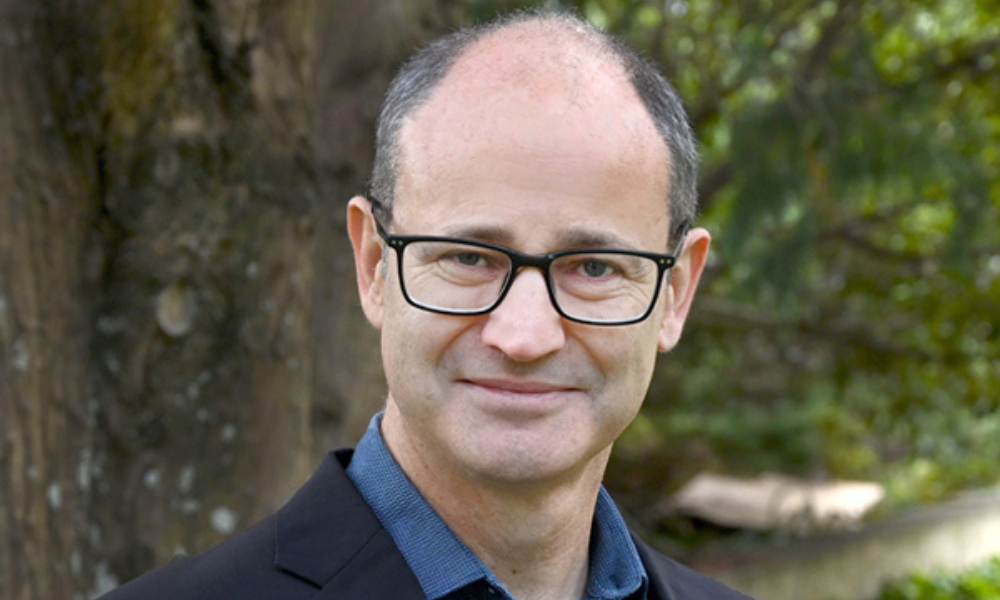Plus insights from Westpac

In a recent speech, Reserve Bank chief economist Paul Conway delved into New Zealand’s long-term economic outlook, focusing on “potential output” and its impact on monetary policy decisions.
“Understanding potential output is crucial for assessing whether the economy is running too hot or too cold from an inflation control perspective and for gauging medium-term growth prospects,” Conway said.
The role of neutral interest rates
Conway also discussed the concept of the neutral interest rate, which is central to predicting the movement of the OCR over time in the absence of economic shocks.
This rate is a benchmark for understanding where the OCR might settle, reflecting deeper economic stability without short-term disruptions.
Current economic challenges and growth prospects
The discussion extended beyond immediate economic cycles to examine New Zealand’s long-term challenges and growth drivers, particularly focusing on productivity.
Conway outlined how shifts in inward migration and weak productivity growth could temper potential output growth in the coming years, thereby setting a modest cap on how quickly the economy can expand without spurring excess inflation.
Investment and productivity as growth levers
Highlighting the critical role of investment and productivity, Conway said, “Unlocking higher investment and productivity growth is key to raising potential output growth and improving per capita incomes.”
These factors are essential for mitigating the risk of negative growth during periods of restrictive monetary policy.
Adjustments in the neutral interest rate
Recent research suggested a notable shift in the neutral interest rate, historically influenced by sluggish productivity and aging demographics. However, indications are that this trend may be reversing, with the neutral interest rate now estimated to lie between 2.5% and 3.5%.
Economic projections and policy implications
As New Zealand navigates through these economic conditions, RBNZ maintains a cautious stance, with Conway suggesting that as the OCR approaches the middle of the neutral range, policy moves should become more incremental.
This approach aligns with current economic data and the RBNZ's forecasts, shaping a prudent path forward for monetary policy.
Westpac NZ on Conway’s economic forecast
Kelly Eckhold (pictured below), chief economist at Westpac NZ, reflected on Conway’s insights, noting the lack of new immediate monetary policy guidance but recognising the importance of ongoing economic assessments.

“We continue to see the RBNZ’s assessment of the neutral OCR as too low,” Eckhold said. “We see 3.75% as closer to reality which lies outside the top end of the RBNZ’s assessed range. The yield curve looks to be more consistent with the neutral rate being closer to 4% than 3%. Time will tell on this.
“There are still grounds to expect the RBNZ to move more incrementally after the February Monetary Policy Statement when the OCR will be no higher than 3.75%. The RBNZ’s judgement on the recent data flow will be key in determining whether that means a faster pace – and this speech gave no guidance on the RBNZ’s current assessment.”
Watch Conway’s speech here. For the RBNZ media release, visit this page. For more insights, read this article from WestpacIQ.



